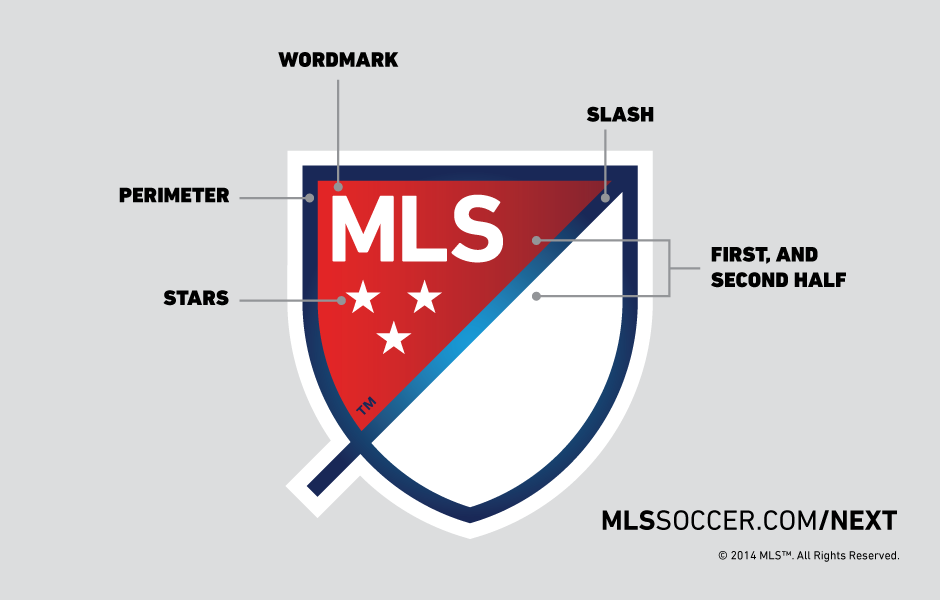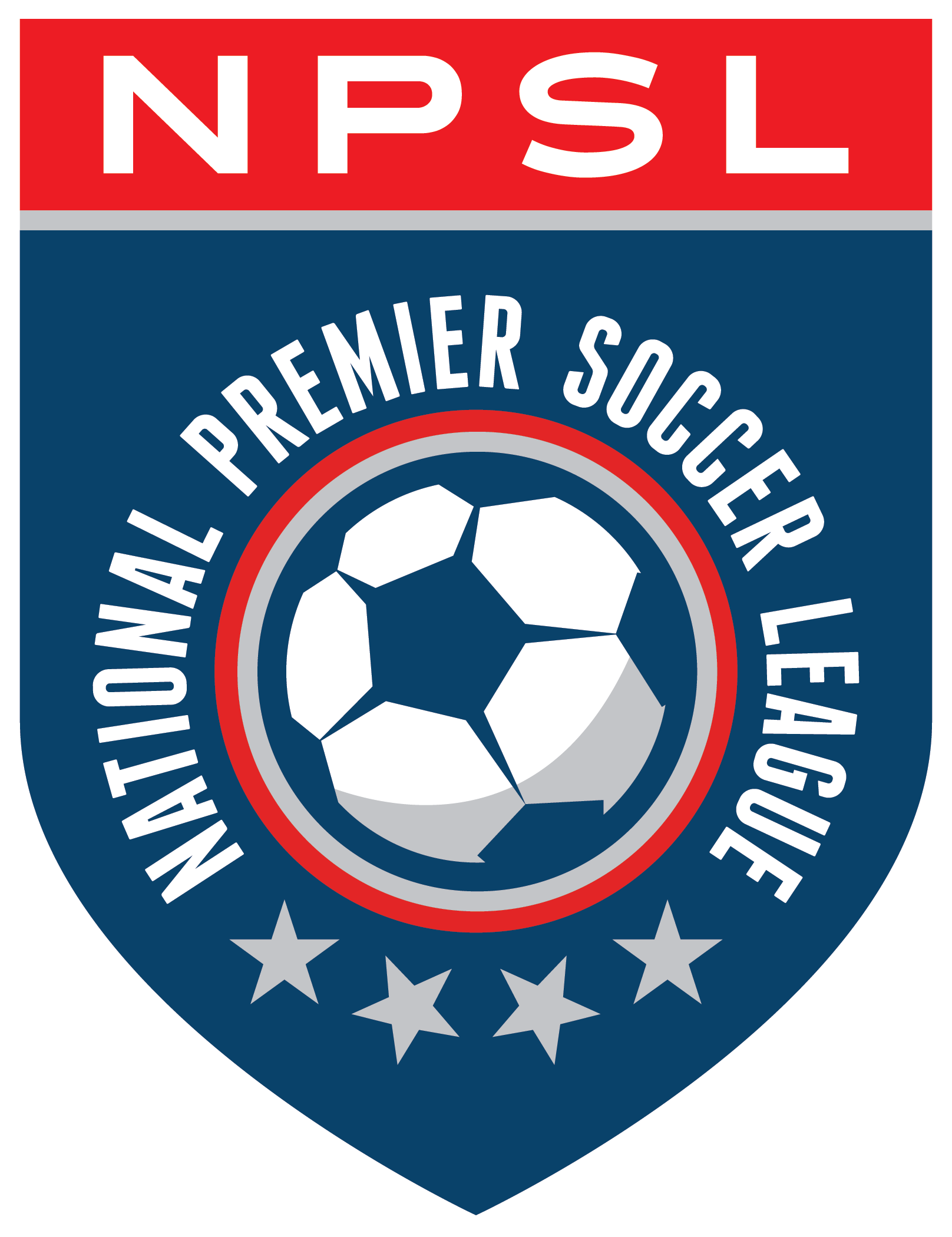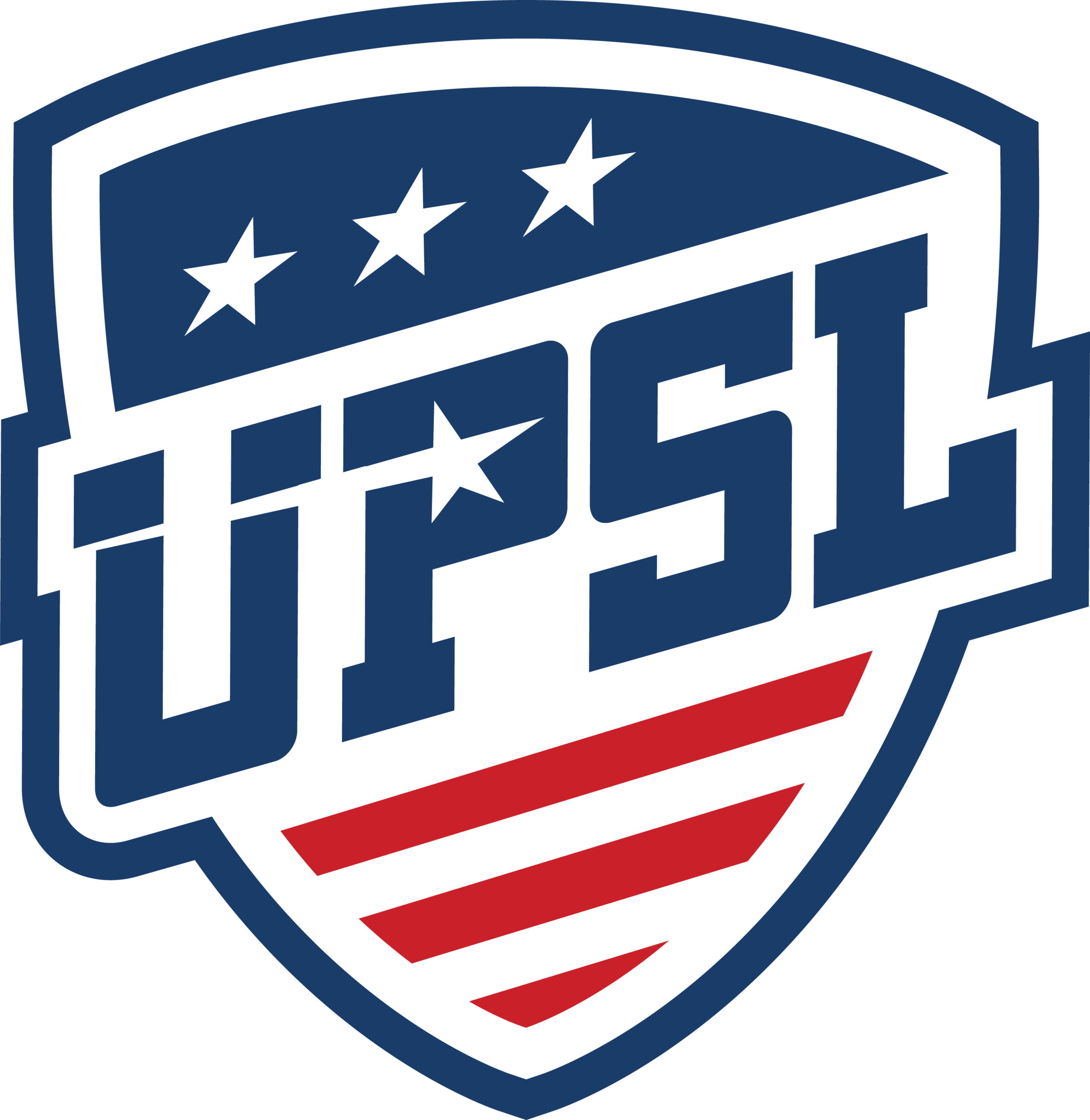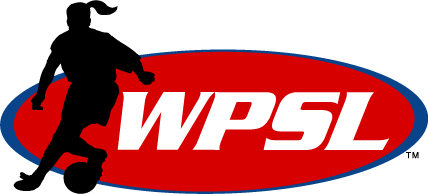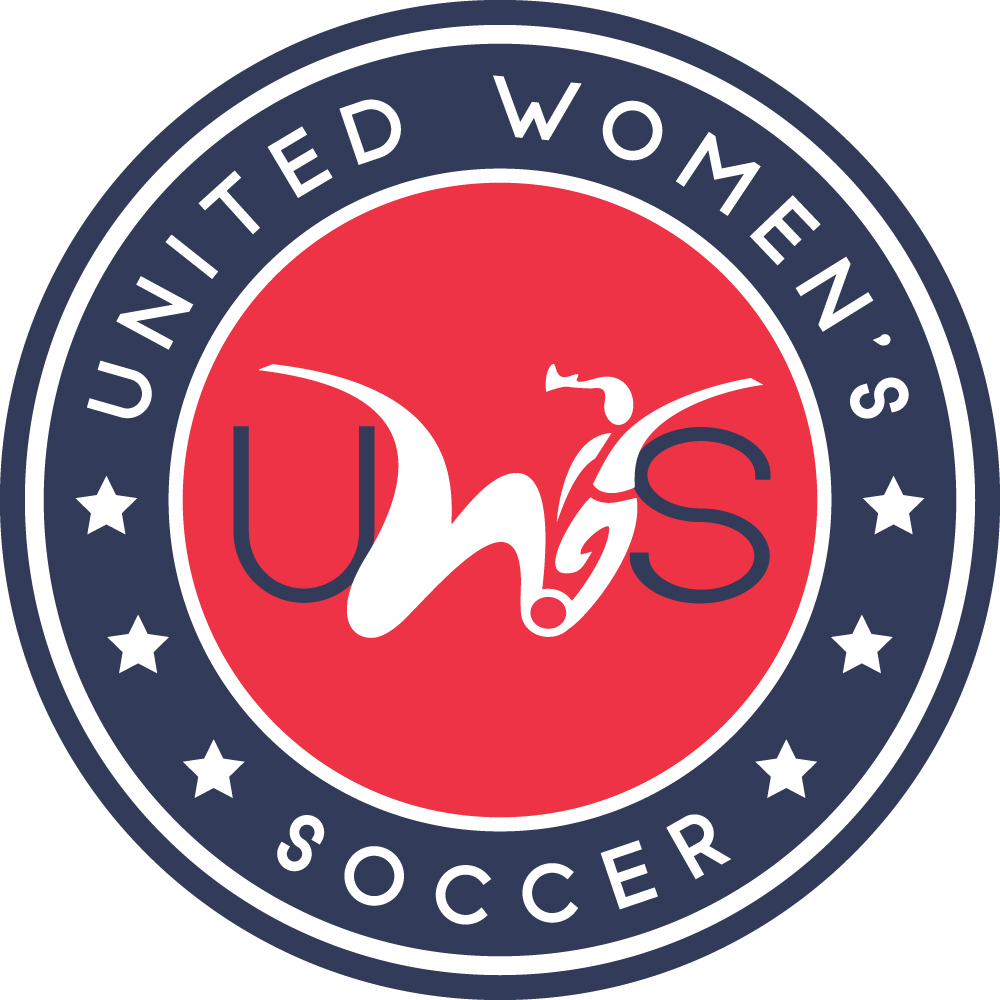A Pyramid Primer
A big part of soccer fandom is discussing the current state of your (or another) country’s soccer hierarchy. That hierarchy, commonly called the “pyramid”, is the overall structure of where leagues and clubs sit within the greater soccer landscape. Even without knowledge of local eccentricities, the pyramids of more mature soccer nations tend to be easily understood. But, in the US, the opaque, often disorganized, governing structure has led to a pyramid generally difficult to understand even by those of us who dwell in the lower league hinterlands.
As a public service, we present the Protagonist US Soccer Pyramid Primer. Cut out, fold, and stick in your back pocket so it’s handy for those times when you want to school an MLS zombie on the finer points of league sanctioning.
The Governing Bodies
To begin, FIFA, the world’s soccer football governing body, sanctions six continental governing bodies of which CONCACAF is one. CONCACAF is the sport’s governing body for North America, Central America and the Caribbean. The US Soccer Federation is the governing body for soccer football in the United States, and USSF is both a national association member of FIFA and a member of CONCACAF.
The Professional Leagues
USSF directly sanctions three tiered Divisions each of men’s outdoor, women’s outdoor, and indoor professional soccer leagues. The Federation’s Professional League Standards governs the necessary requirements for these pro leagues, with the top Divisions having the highest standards and the third Divisions having the lowest. The PLS sets forth basic league requirements such as minimum number of teams and required participation in US soccer competitions. It also sets forth more detailed club requirements such as size of stadia, coaching, media, front office, youth academy, and player development requirements. But, the highest priority for the Federation is the financial viability requirements that ensure clubs have principal owners with a high individual net worth. While the USSF aren’t as stringent about many of the organizationals requirements they are strict about clubs proving the financial viability requirements.
A professional league logo that didn’t need an explainer.
Professional leagues are the only leagues that USSF directly sanctions and the Federation has no policies that give any of its Organization Members the power to sanction professional leagues. Given those points, the USSF has the exclusive control of professional soccer in the US and chooses to only directly control professional soccer.
Everything Else
USSF cedes direct control of all amateur soccer, adult, youth, or otherwise, to external organizations that are members of USSF. And, that is where things get complicated.
All these different member organizations have different priorities and different geographical reaches. So, inevitably, there is overlap which leads to confusion about what these organizations do and what it means to be under the umbrellas of these organizations.
At the largest scope are the National Associations. These NAs are amateur soccer organizations which compete in at least 26 states, have at least 1000 players registered in each of 26 states, and have over 200,000 registered players in the US. National Affiliates are slightly smaller in that they must compete in at least 26 states but have no requirement on the number of players. US Youth Futsal is currently the only National Affiliate.
There are only four NAs. US Youth Soccer Association and American Youth Soccer Association focus on amateur youth soccer. US Club Soccer deals with both amateur youth and amateur adult soccer. And, the US Adult Soccer Association (USASA) focuses solely on adult amateur soccer. AYSA and US Club Soccer are also affiliates of USASA.
Smaller in scope than the National Associations and Affiliations are the State Associations. These are amateur soccer organizations covering a specific territory as determined by USSF that governs amateur adult and/or amateur youth soccer in that territory. The final pieces of the puzzle are relatively small number of other amatuer organizations that focus on specialized areas of the sports.
All of these member organizations are empowered to run leagues. And clubs are able to field teams in leagues governed by different member organizations.
Interlude
Let’s take a pause here. You basically now have all the information you need to understand the US soccer pyramids. There are three hierarchical divisions each of men’s and women’s professional outdoor soccer and one division of professional indoor soccer.
As of the 2019 season, there is one Division I men’s outdoor league, MLS, with 24 teams and one Division 1 women’s outdoor league, NWSL, with nine teams. The USSF also sanctions one Division II men’s outdoor league, USL Championship, with 36 clubs, and two Division III men’s outdoor leagues: USL League One with 10 clubs; and NISA with 8 clubs. There are no Division 2 or 3 women’s outdoor leagues and no USSF-sanctioned professional indoor leagues. The handful of indoor soccer leagues operating in the US are governed by organizations completely outside the FIFA/USSF structure.
Every other league is considered an amateur competition. These amateur leagues are not sanctioned to have any Division level so they formally do not sit hierarchically under the pro pyramids.
Three small pro pyramids and a huge mass of amateur leagues. That’s the formal U.S. soccer structure.
Division 4
There is no Division 4 and never has been. It’s a term of art that came about in the 1990s to generally denote the best soccer below the official Division III. Specifically, it referred to the USISL’s Premier Development League. After MLS was founded in 1996, and through the early 2000s, the USISL (now the USL) was the only organization sanctioned for men’s outdoor professional soccer in the US. Its A-League sat at Division II and its Pro League sat at Division III. The PDL was the USISL’s other national league but did not have professional sanctioning as it was primarily a league for college and other developing players seeking to keep their amateur status. The league was usually referred to as being “Division 4” (oftentimes with those quotes included) because it was a national league, was within the USL organization, and was considered the highest level of play outside the pro leagues. Ever since, any time a big amateur league pops up, it’s usually given that “unofficial Division 4” label.
The Semi-pro Game
Semi-professional competitions are ones where the athletes receive regular payments but at a much lower amount than fully professional athletes. Salaries are low enough that the sport isn’t the athletes’ full-time occupation and/or they may have to have a second job.
You’ll notice that the USSF doesn’t designate any internal or external organization as governing at a semi-pro level. That is to be understood because, like “Division 4”, semi-pro is also a term of art. It is professional but just at a lower level. So, under the USSF structure, an organization operating at a semi-pro level should be sanctioned under a Professional League. But, practically, if an organization would like to operate professionally (semi-pro or fully) but can not or does not want to meet the stringent Professional League Standards, then its only recourse is to work within the structure of one of the amateur governing bodies.
When you think of the classic soccer pyramid, you visualize the few fully professional clubs/leagues at the top, the vast number of amateur clubs/leagues at the bottom, and, in the middle, you have the transitional clubs/leagues. This is the area where organizations are moving between amateur and semi-pro, are solidly semi-pro, or moving between semi-pro and fully professional. USSF lacks the structure to govern the middle section of the classic pyramid.
This is the Catch-22 of the US soccer pyramid for an organization: unless a club has the capacity to be fully professional, it must formally be designated an amateur. Pro clubs need pro leagues that are sanctioned. To be sanctioned, pro leagues need pro clubs that meet stringent requirements.
Because the Federation has no formal process for clubs and leagues to organically grow into the professional game, those organizations must already meet the PLS’ league and club requirements from the jump. The situation creates a risky, all-or-nothing proposition for organizations. So, the semi-pro soccer game in the U.S. is a strange, Twilight Zone of neither one thing nor another that has no obvious and safe ways to grow or to reorganize.
The Amateur Game
As noted above, the amateur game (which includes those semi-pro clubs we just talked about) does not have any formal tiered hierarchy. But, USASA does sanction leagues at different levels.
The largest are the USASA’s National Leagues. These are the National Premier Soccer League and United Premier Soccer League for the men’s game, and the Women’s Premier Soccer League and United Women’s Soccer for the women’s game. All four are adult leagues with the two men’s leagues are generally thought of to live at that informal Division 4. The UPSL tends to operate at a lower financial level and is sometimes considered an informal Division 5. The only other amateur National League is the United Soccer League’s League Two, formerly known as the Premier Development League.
The Pelican should haunt every national league’s dreams.
The next largest are the USASA’s Multi-State Leagues (aka Regional Leagues). The Gulf Coast Premier League is the only current adult Multi-State League. The two other current Multi-State Leagues are the Eastern Development Program and West Coast Soccer Association, which provides playing opportunities for youth players entering college.
Below this category are the myriad of state-level leagues. Similar to the USSF’s relationship to both FIFA and CONCACAF, most State Associations are members of both the USSF and USASA (a minority are affiliated with the smaller National Associations/Affiliates). The 50 plus State Associations are also organized into four regions. Each State Association sanctions any number of state-level leagues. USASA categorizes a subset of these state leagues as State Premier Leagues. These leagues are recognized by USASA as the top amateur leagues in the country. There are currently roughly 19 of these State Premier Leagues. Finally, state associations also sponsor a variety of cup tournaments.
Clubs can field any number of adult and youth teams in men’s, women’s and co-ed leagues at a variety of competitive levels from recreational to elite amateur to professional. Clubs can also field these teams in any number of state-level, regional or national leagues. It’s not hard to find a club fielding teams in the NPSL, UPSL and State Premier Leagues during the same season.
The College Game
While outside the traditional club soccer system, the prep and college soccer programs are an important part of the U.S. soccer game. Similar to other American sports, soccer at the collegiate and, sometimes, the prep levels provide an informal minor league system to the professional leagues. For the men’s game, while collegiate soccer is not as important as in the pre-modern era, it still functions as a developmental system on a similar par to collegiate baseball and hockey. Because the U.S. only has one, relatively small, top-division league, the women’s college game still holds an important place in the soccer development pipeline.
- Dan Creel

